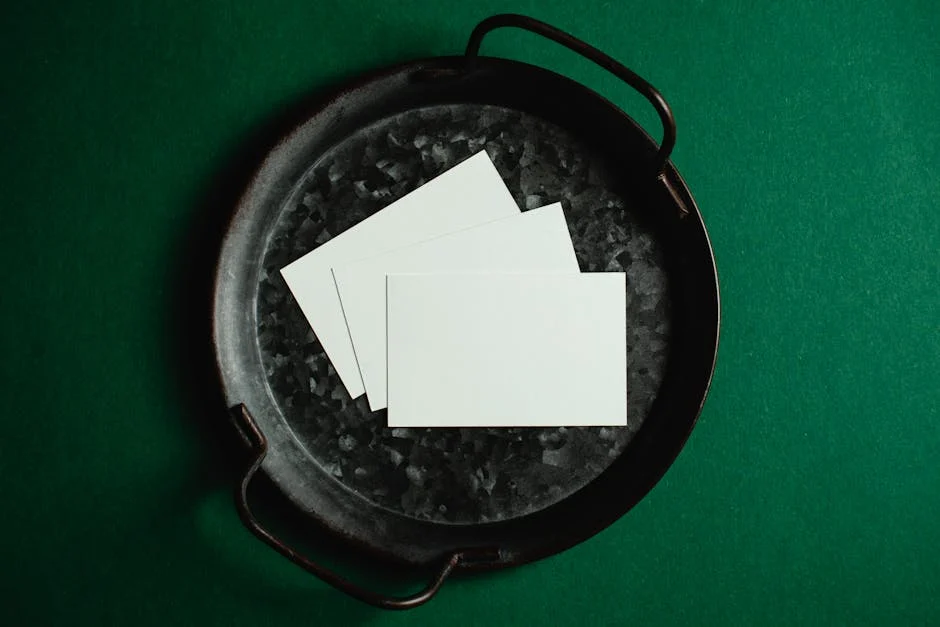Introduction
Discovering that the handle of your brand-new cast iron skillet has broken off before you’ve even had the chance to use it is incredibly frustrating. It’s a situation many home cooks dread. While cast iron is known for its durability, manufacturing defects or improper handling can sometimes lead to this unfortunate occurrence. This article will guide you through the steps you should take when your brand new cast iron skillet handle breaks, helping you understand your options for repair, replacement, or resolution with the manufacturer.
Understanding the Problem: Why Did My Cast Iron Handle Break?
Manufacturing Defects
One of the most common reasons for a broken handle, especially on a new skillet, is a manufacturing defect. This could include:
- Weak points in the casting: Air bubbles or inconsistencies in the iron during the casting process can create weak spots prone to cracking.
- Improper heat treatment: If the cast iron wasn’t properly tempered after casting, it can be brittle and susceptible to breakage.
- Poor welding or attachment: In some cases, the handle is welded or otherwise attached to the skillet. A weak weld is a common failure point.
Shipping Damage
Even if the skillet was perfectly manufactured, rough handling during shipping can cause the handle to break. Impacts can stress the handle and cause it to snap, especially if it wasn’t adequately protected in the packaging.
Material Fatigue (Unlikely but Possible)
While rare in a brand new pan, extreme temperature changes or improper storage could, theoretically, contribute to early material fatigue. This is more likely to be an issue with older, well-used pans.
What to Do When Your Cast Iron Skillet Handle Breaks
Step 1: Assess the Damage
Before you do anything else, carefully examine the broken handle and the point where it detached. Take photos, as these will be helpful when contacting the manufacturer or retailer.
- Note the type of break: Is it a clean break, or is the iron jagged and fractured?
- Look for pre-existing flaws: Can you see any obvious imperfections in the cast iron near the break?
- Check for missing pieces: Ensure you have all the broken pieces, especially if you plan on attempting a repair.
Step 2: Contact the Retailer or Manufacturer
Your next step is to contact the retailer where you purchased the skillet or the manufacturer directly. Most reputable companies have warranty policies that cover manufacturing defects.
- Gather your proof of purchase: You’ll need your receipt or order confirmation.
- Explain the situation clearly: Be polite but firm in explaining that the handle broke before you even used the skillet. Provide detailed information and photos.
- Inquire about their return or replacement policy: Ask about the process for returning the damaged skillet and receiving a replacement or refund.
- Document all communication: Keep a record of your emails, phone calls, and any other interactions with the company.
Step 3: Explore Repair Options (Cautiously)
While a replacement is often the best solution, you might consider a repair if you’re unable to return the skillet or are particularly attached to it. However, proceed with caution:
- Welding: Welding cast iron requires specialized skills and equipment. It’s best left to professionals. Improper welding can weaken the iron further.
- Bolting/Screwing a New Handle: You could potentially drill holes and attach a new handle using bolts or screws. However, this can compromise the skillet’s integrity and may not be a long-term solution. Ensure you use food-safe materials.
- Epoxy (Not Recommended for Cooking Surfaces): While strong epoxy exists, it’s generally not recommended for surfaces that will be exposed to high heat and food.
Important Note: Any repair will likely void any remaining warranty on the skillet.
Preventing Future Breakage
Even after resolving the current issue, here are some tips to prevent future cast iron handle breakage:
- Handle with Care: Avoid dropping or banging your cast iron skillet.
- Moderate Temperature Changes: Avoid drastic temperature swings (e.g., taking a hot skillet straight from the oven and plunging it into cold water).
- Proper Storage: Store your skillet in a safe place where it won’t be bumped or knocked over.
- Inspect Regularly: Check the handle for any signs of cracks or stress before each use.
Conclusion
A broken cast iron skillet handle on a brand-new pan is undoubtedly a disappointment. However, by understanding the potential causes and following the steps outlined above, you can navigate the situation effectively. Prioritize contacting the retailer or manufacturer for a replacement or refund, and carefully consider the risks before attempting any DIY repairs. With proper care and handling, your next cast iron skillet should provide years of reliable service.
